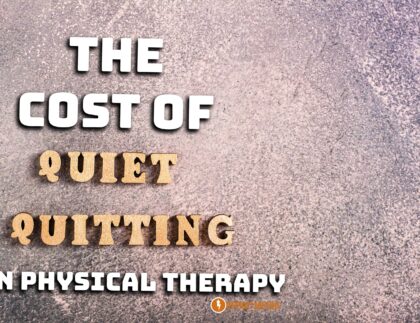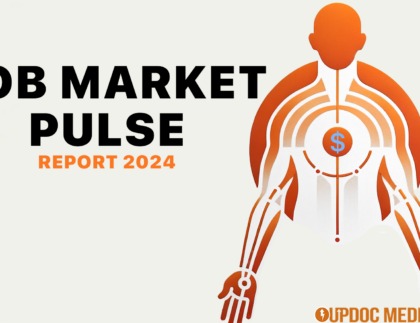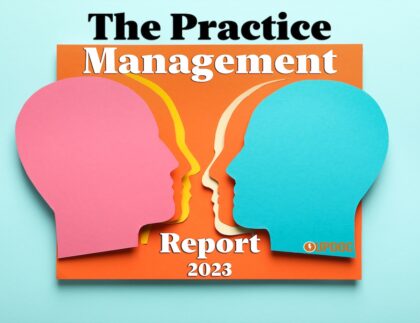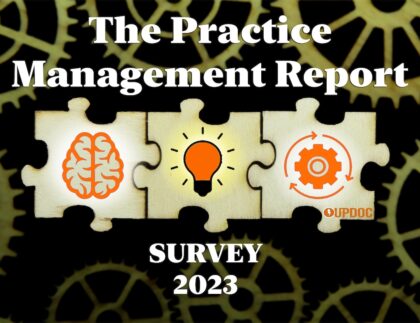
- 80% of the problems come from 20% of the people.
- 80% of the work is done by 20% of the people.
- You should spend 80% of your time promoting and 20% of your time developing.
- Or, 80% of your sales come from 20% of your customers.

And, it is this final rendition of the 80/20 principle which will be the focus of this Business Fung Shui post. If we take a look back at some of the biggest brands of their time, we see an awful lot of dinosaur fossils. Big brands that used to have a huge market share “gone extinct” and they share their tragic memories with brands like:
- Compaq
- Washington Mutual
- Circuit City
- Blockbuster
- And, Cingular
All these brands were huge in their day. Perhaps the singular root cause of their failure to exist today? They lost customers to other brands. And, they lost relevance in the minds of the consumers. Ultimately, for any and all reasons the result was the same, they lost the loyalty of their customers.
One of the most intriguing examples of this in our time is found in the cell phone industry. The companies we’ll be looking at in our case study today are Apple and Samsung. While Samsung may sell more volume, Apple pulls more than 90% of the profits in the cell phone industry. Moreover, 83% of Apple users plan on buying a new Apple phone for their next phone. However, only 64% of Samsung users intend to be brand loyal.
Coincidence? I think not! In fact, I know it’s not.
The 80/20 rule is profoundly important in business. Therefore, let us examine a few notable brands and see what can be gleaned!
Disney. If you’ve interacted with me via social media, you know that I’m a big fan of Disney. Despite my bias, I’d be remiss to omit Disney from any talk of branding given their leadership in their industry. Specifically regarding Disney parks, Disney’s brand experience represents both memories and dreams, the best of times and the best times to come, a childhood wonder and a hope for the future. In essence, Disney becomes an intimate part of our very being. To this, products can be taken home with us and the experiences reinforced when we receive their services through the most positive of emotional constructs… through our children’s memories to warm our own childhood memories. How does this play out for Disney? The fact that the majority of guests at Disneyland are actually Annual Passholders (APs). Talk about loyal! So, next time you’re at Disneyland, take a look around at all those slow paced walkers jamming up the park… yup, they are APs! And yes, they annoy everyone… especially the cast members 😉
If you’ve interacted with me via social media, you know that I’m a big fan of Disney. Despite my bias, I’d be remiss to omit Disney from any talk of branding given their leadership in their industry. Specifically regarding Disney parks, Disney’s brand experience represents both memories and dreams, the best of times and the best times to come, a childhood wonder and a hope for the future. In essence, Disney becomes an intimate part of our very being. To this, products can be taken home with us and the experiences reinforced when we receive their services through the most positive of emotional constructs… through our children’s memories to warm our own childhood memories. How does this play out for Disney? The fact that the majority of guests at Disneyland are actually Annual Passholders (APs). Talk about loyal! So, next time you’re at Disneyland, take a look around at all those slow paced walkers jamming up the park… yup, they are APs! And yes, they annoy everyone… especially the cast members 😉
Southwest Airlines. The only way to fly. So many traveling experiences have nothing but frustrations, delays, cancellations, lost baggage, and the worst of all horror stories to tell. With Southwest, it’s service all the way. Southwest has the fewest proportion of complaints in the industry, and, is renown for its customer service. Perhaps what is most powerful is that Southwest considers their employees their first customer. Indeed, their organization’s culture prescribes that a happy workforce will deliver the best of service. Despite some recent hard times, Southwest still remains at the top 20 of airline brands. Their success comes from cultivating a brand that is all about service first; service to their employees, service to their customers, and service to their partners.
Apple, Inc. Since we mentioned Apple above, we might as well go full circle and close this blog with where we started. Most Apple users only use Apple products. Their phone, desktop, laptop, tablet, power sources, and technological accessories are ALL Apple products. In fact, owning Apple products isn’t just having a type of technology. It’s a statement of existence. One does not simply own Apple products; one is actively and intentionally living out the Apple culture. People use Apple, enjoy Apple, work with Apple, and live through Apple. Apple’s products have created an entire generation of integrated technology woven into the very many dimensions of our lives. For Apple users, it has become the very way you engage, interpret, process, perceive, and expect technology in present and in future. It is how you see life and you see life through this lense:
So How Do We Brand Like The Best?
As we look at Disney, Southwest, and Apple, the question is begged: What do they have in common? The answer: Trust.

These brands have developed a trustworthy brand experience. They have a proven rapport with their customers that they will always deliver on what their brand promises. We trust that with Disney, the production and service experience will be world class and memorable to the last. With Southwest, we trust that flights will be on time, and for those that aren’t, solutions will be quickly presented for whether it is in the form of rerouting, reimbursement, or upgrades to better seating options. Through Apple, we trust that an entire lifestyle has been made available through the technological language as spoken by the Apple tongue. We trust that Apple products are all in one, and, all you need. We trust they are of the highest quality, with little to no failure. Apple: It is luxury and life in which you trust.
Trust is the soul of brand experience. The companies with the strongest brand loyalty continually forge transparent expectations. They fulfill on that expectation and brand promise consistently, or even better, they exceed it! And, by doing so, companies can brand for customer loyalty through trust.
Do you want to brand for customer loyalty? Earn their trust.









